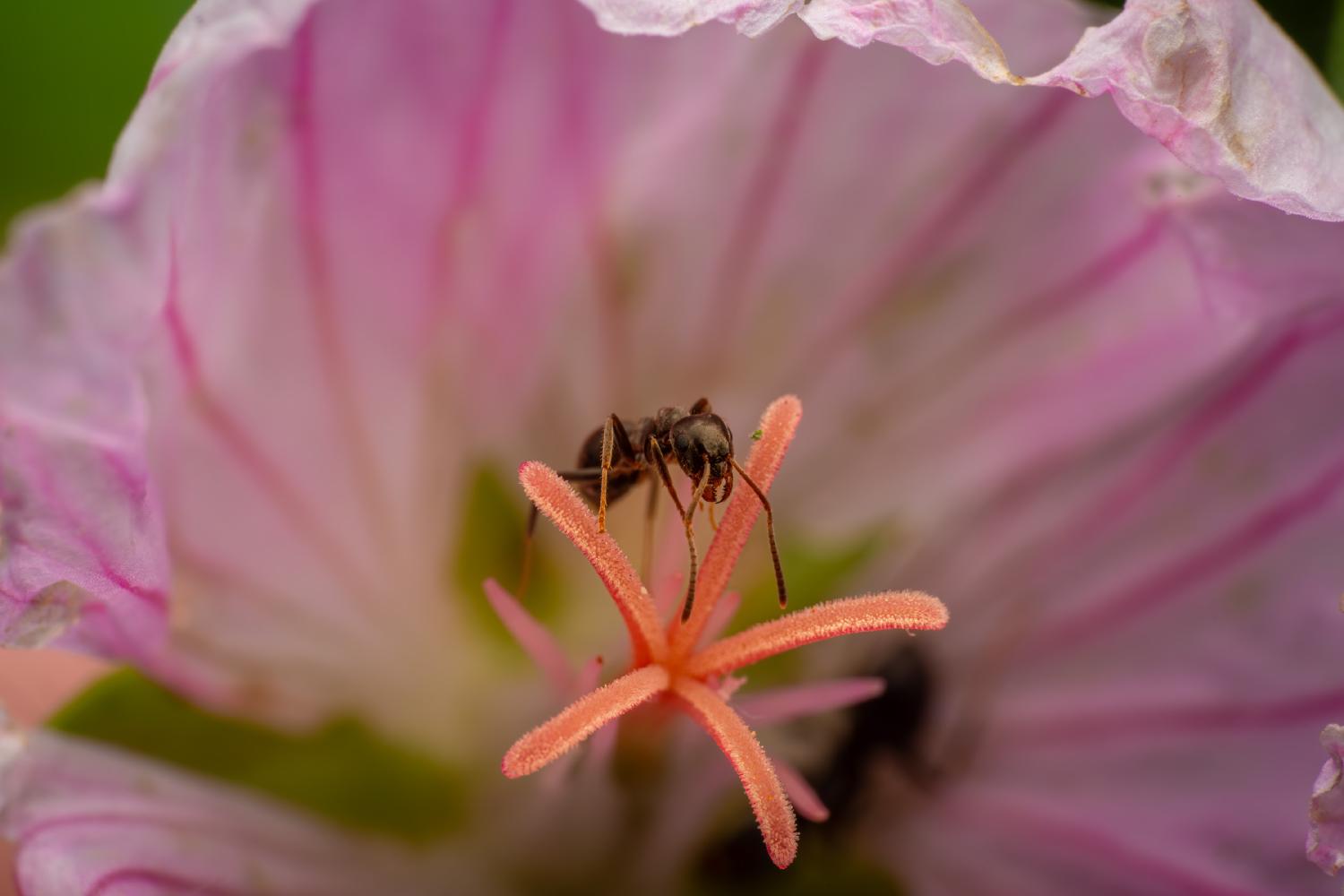Black Garden Ant
Lat. “Lasius niger“
species
of family
“Ants“
1 species
The first article focuses on the longevity of queen ants, stating that they can live up to 29 years, which is the longest lifespan among eusocial insects. The study found that queen ants have a higher expression of genes involved in repairing damaged macromolecules, such as DNA. Understanding the reasons behind the longer lifespan of queens is important for understanding the causes of aging in biology.
The second article discusses mutualistic relationships involving Lasius niger ants. The ants protect black bean aphids from predators, resulting in higher seed yields for plants with both ants and aphids compared to those without. The Plebejus argus butterfly forms a mutualistic relationship with Lasius niger, with the ants protecting the butterfly eggs and larvae from predators, while the butterfly provides the ants with a saccharine secretion. The butterfly eventually leaves the nest when it emerges as an adult in June.
Long-lived queens
Although worker ants live for a couple of months, queens typically survive for almost 15 years but there have been instances of queens living up to 29 years, the longest recorded lifespan for any eusocial insect. Understanding the basis for the greater longevity of queens has a bearing on the general unsolved problem in biology of the causes of aging. In the study of long-lived queen ants it was found that queens have a higher expression than genetically identical workers of genes involved in processing damaged macromolecules. Genes with higher expression included those that are necessary for repair of DNA damage (see DNA damage theory of aging) and genes involved in proteasome-mediated, ubiquitin-dependent, protein catabolic processes.
Mutualisms
Lasius niger removes predators such as ladybirds from the vicinity of black bean aphid thus keeping their “milch cows” safe. On a test plot of field beans (Vicia faba), plants without black bean aphids yielded an average of 56 seeds per plant, those with aphids and no ants yielded 17 seeds, and those with both ants and aphids averaged eight seeds per plant. Vicia faba also produces extrafloral nectaries that Lasius niger can feed from directly.The Plebejus argus butterfly lays eggs near nests of L. niger, forming a mutualistic relationship. This mutualistic relationship benefits the adult butterfly by reducing the need for parental investment. Once the eggs hatch, the ants chaperone the larvae, averting the attacks of predatory organisms like wasps and spiders as well as parasites. In return, the ants receive a saccharine secretion fortified with amino acids from an eversible gland on the larvae’s back. As first instar larvae prepare to pupate, the ants carry the larvae into their nests. Once the larvae become pupae, the ants continue to provide protection against predation and parasitism. The butterfly leaves the nest when it emerges in June.
External links
Antkeepers has an article on Lasius niger Myrm’s Ant Colonies, including Lasius niger The Kurt Kuene Antpage: Kurt Kuene shows how he keeps Lasius niger. With many pictures

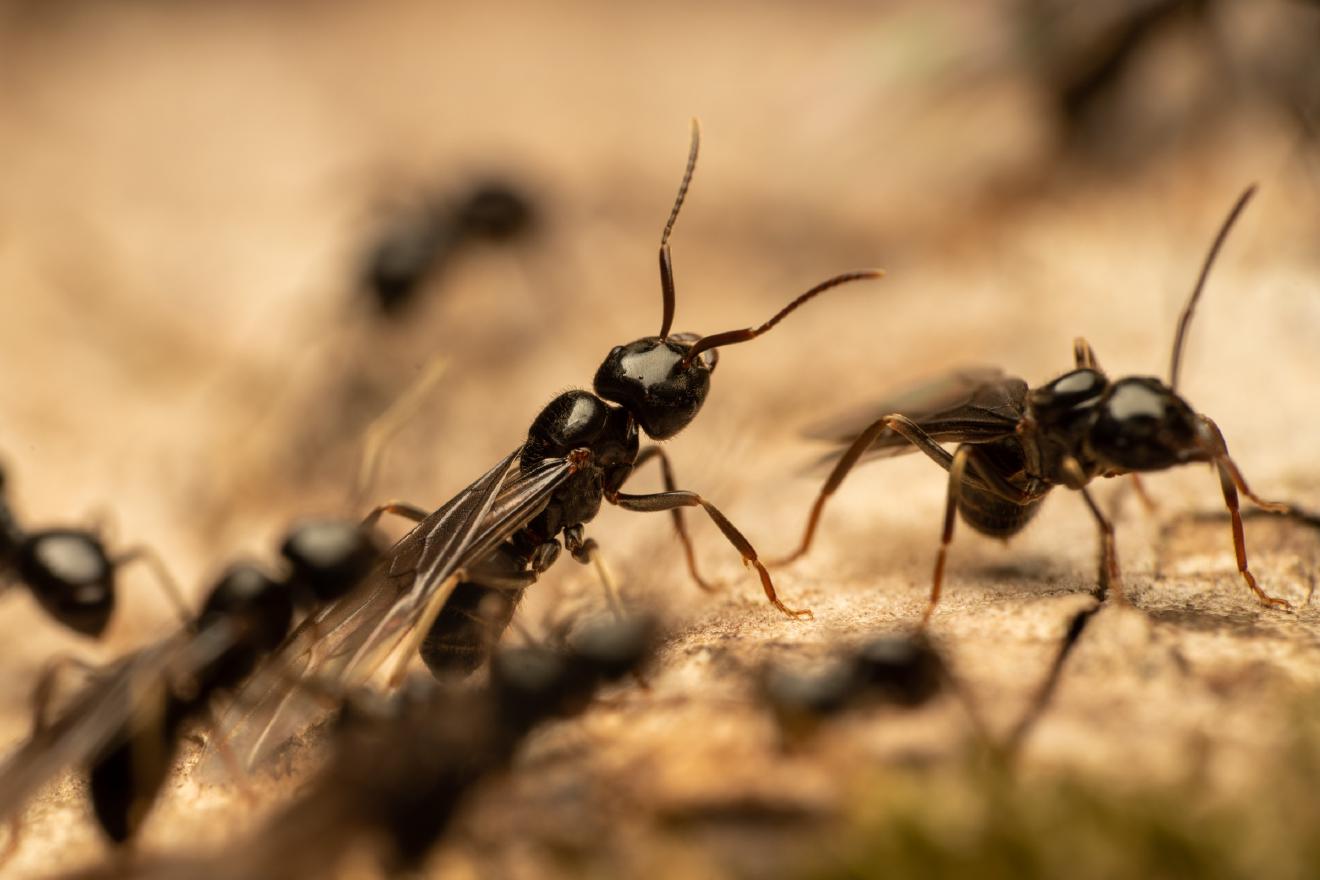
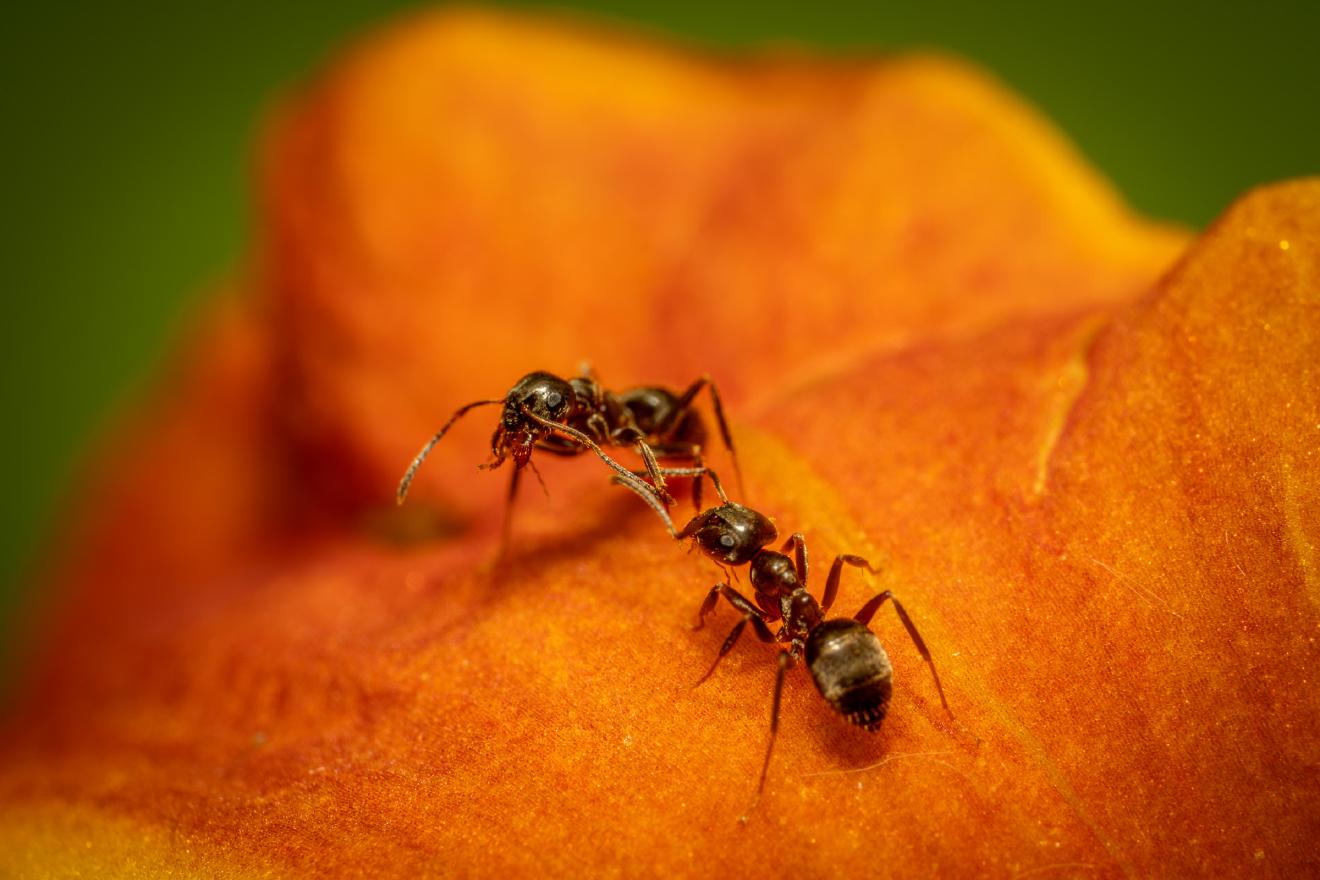

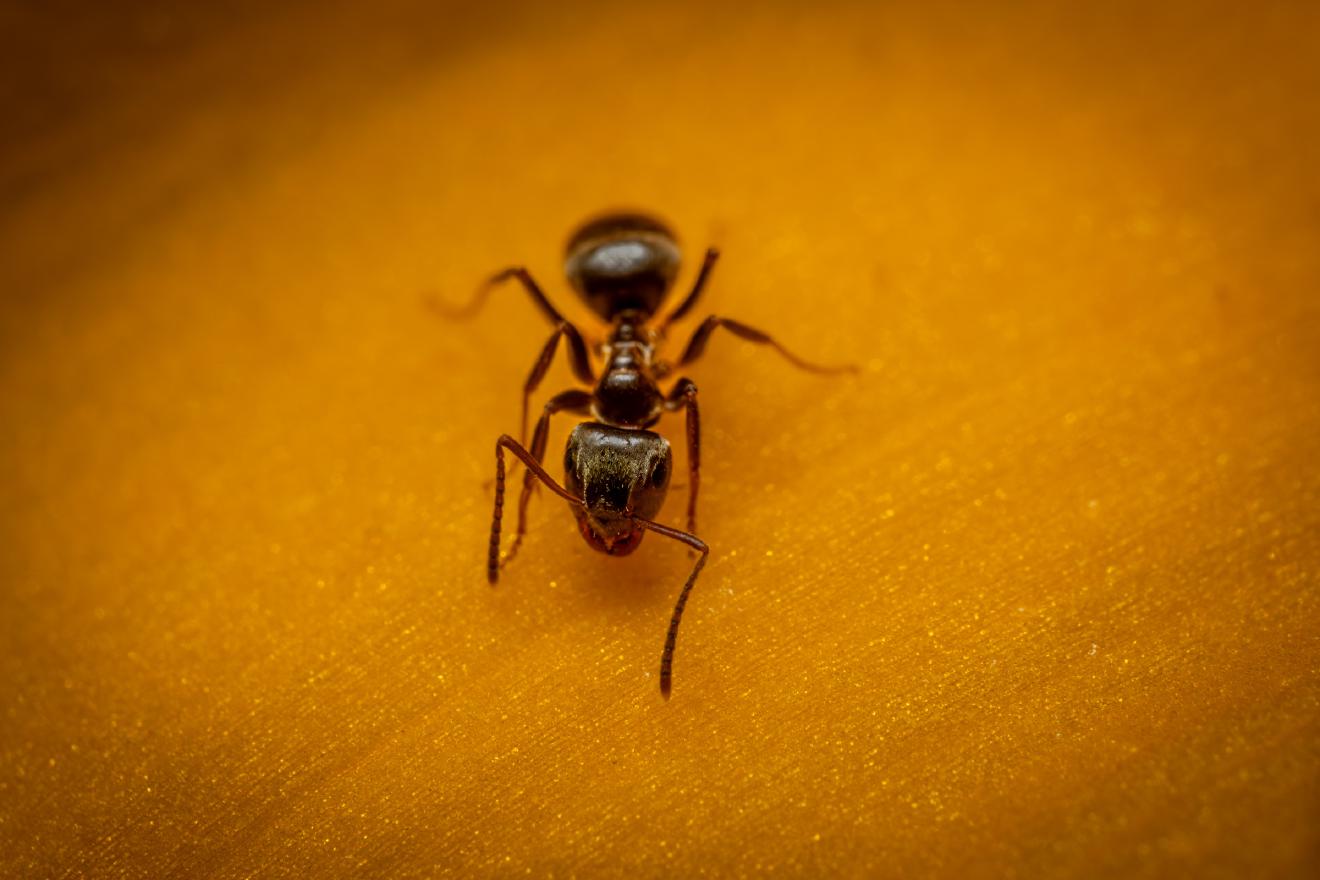

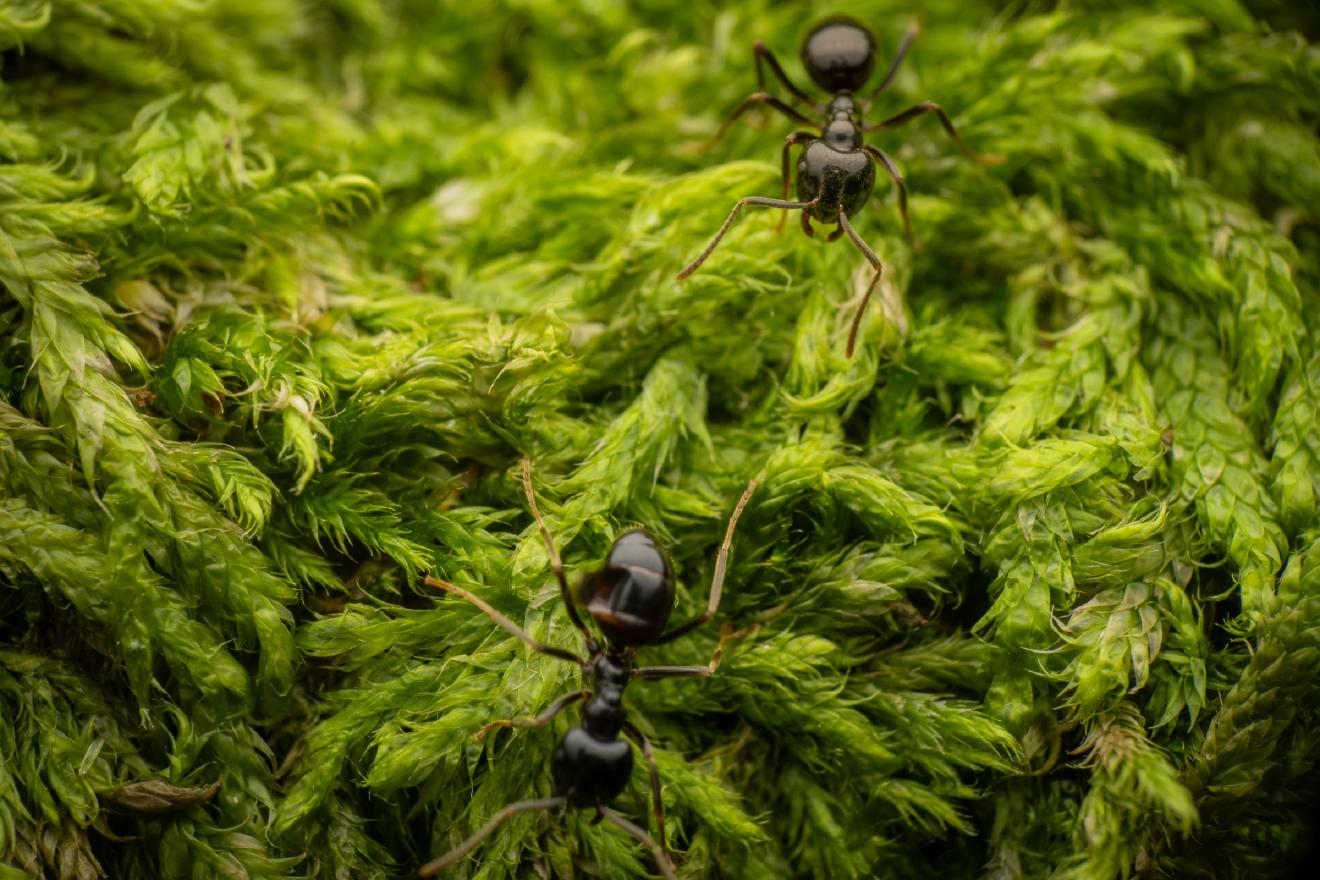
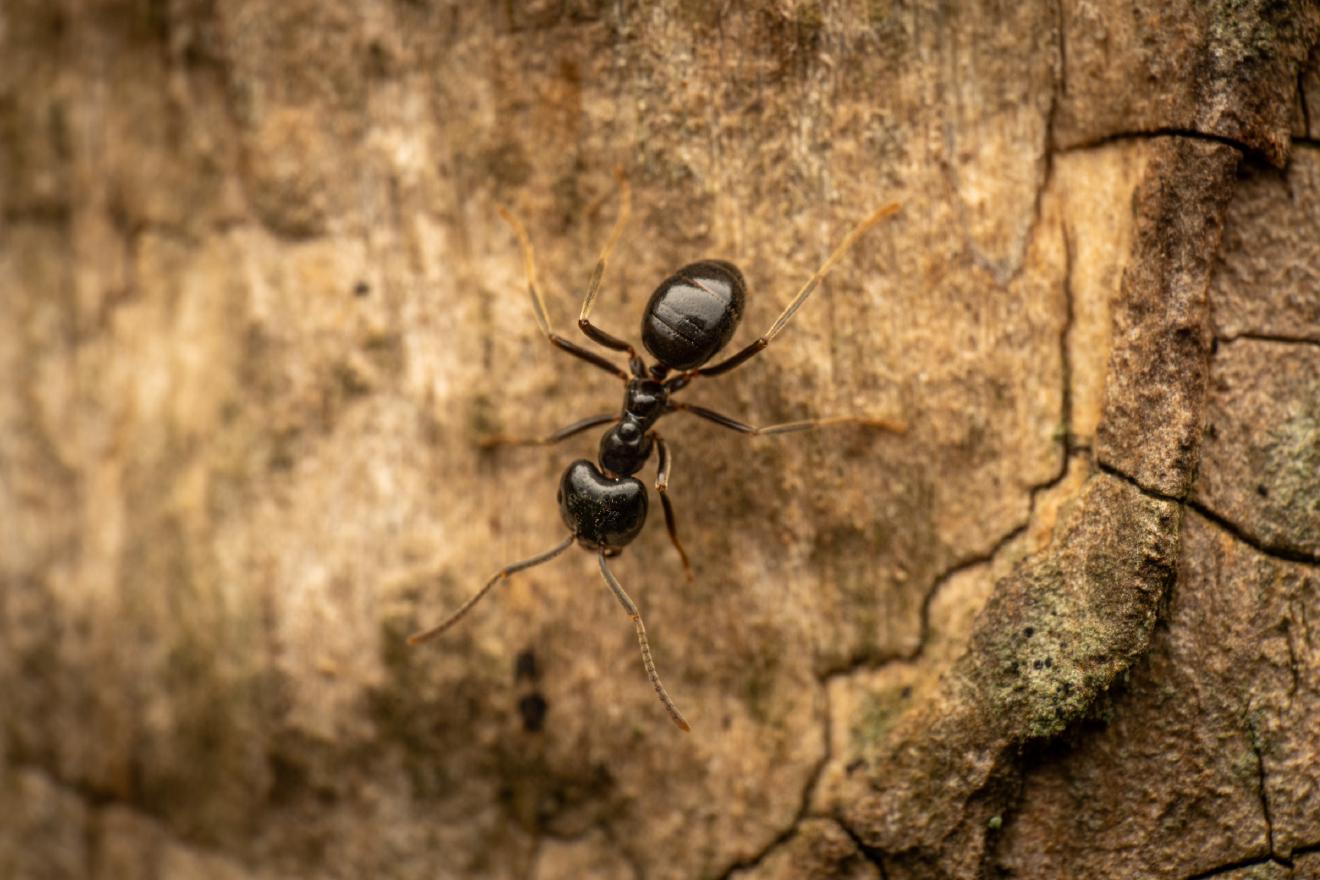

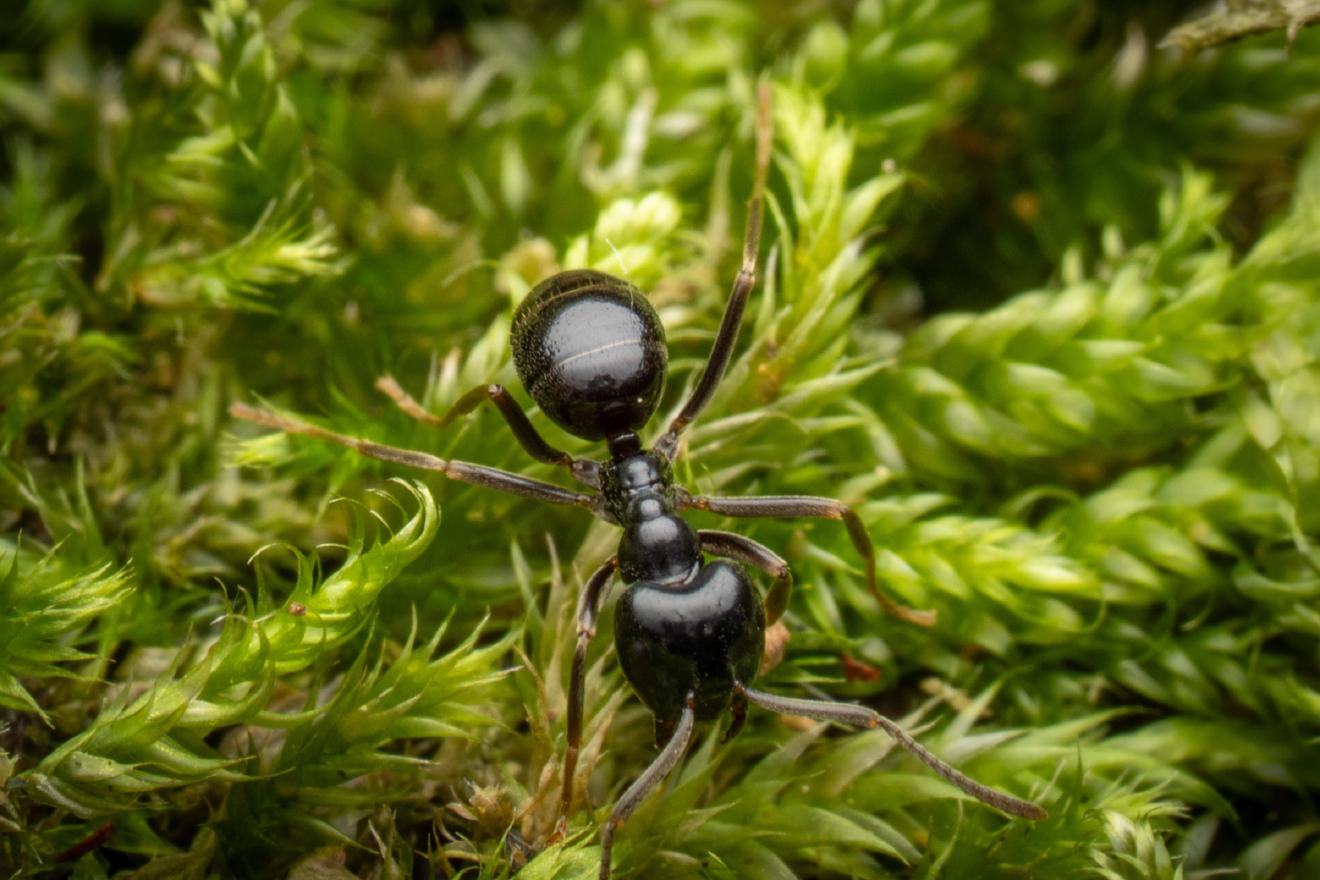
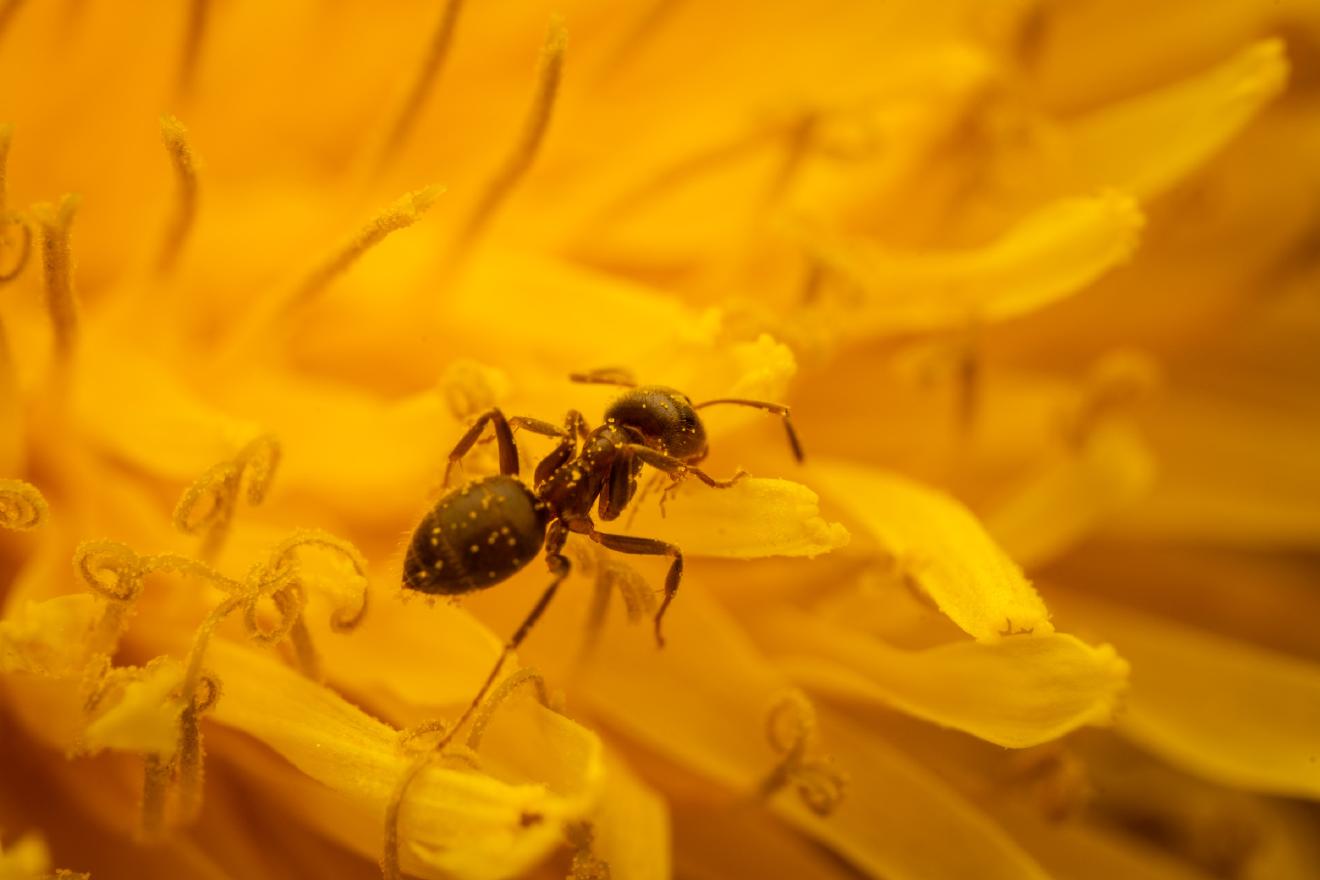

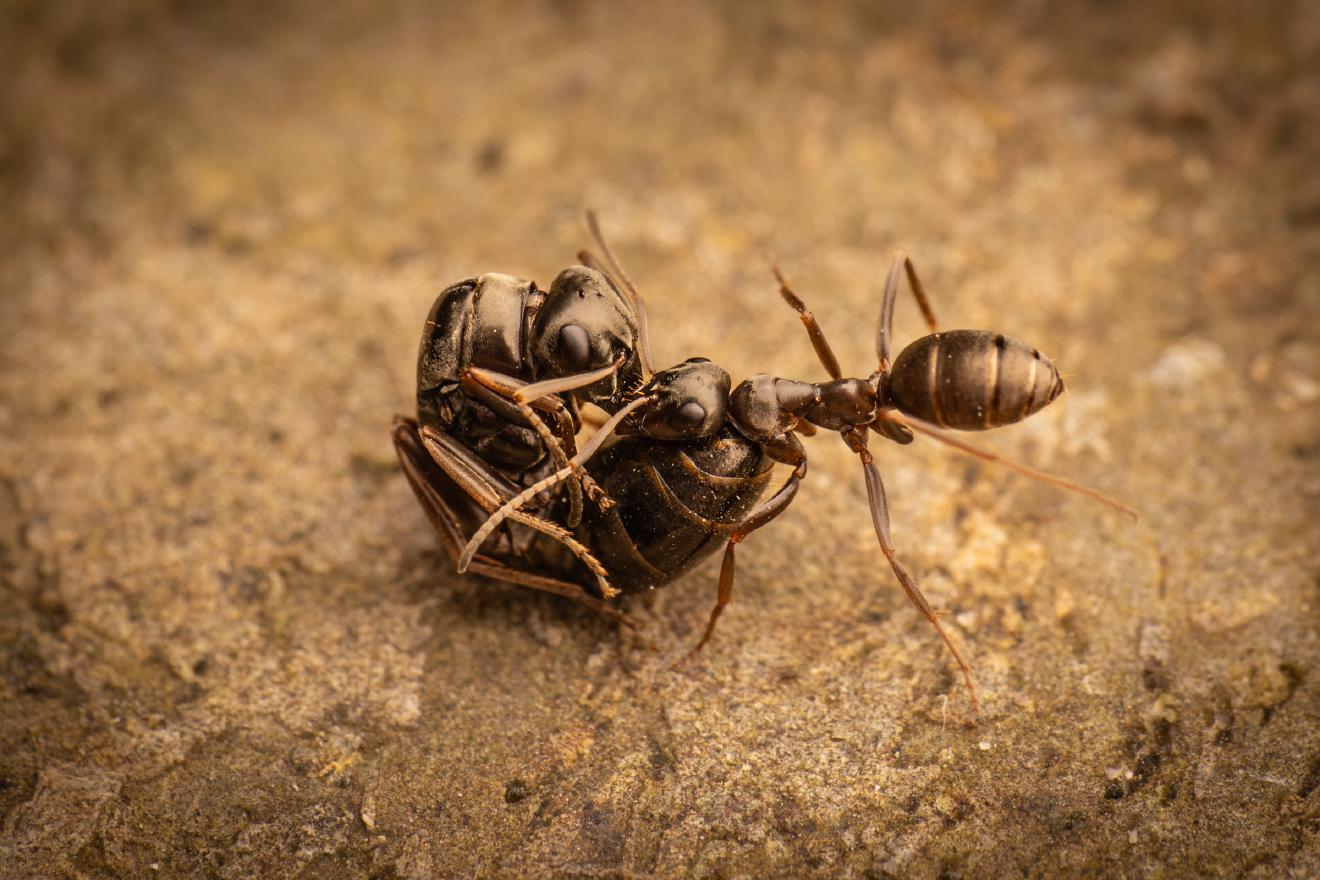
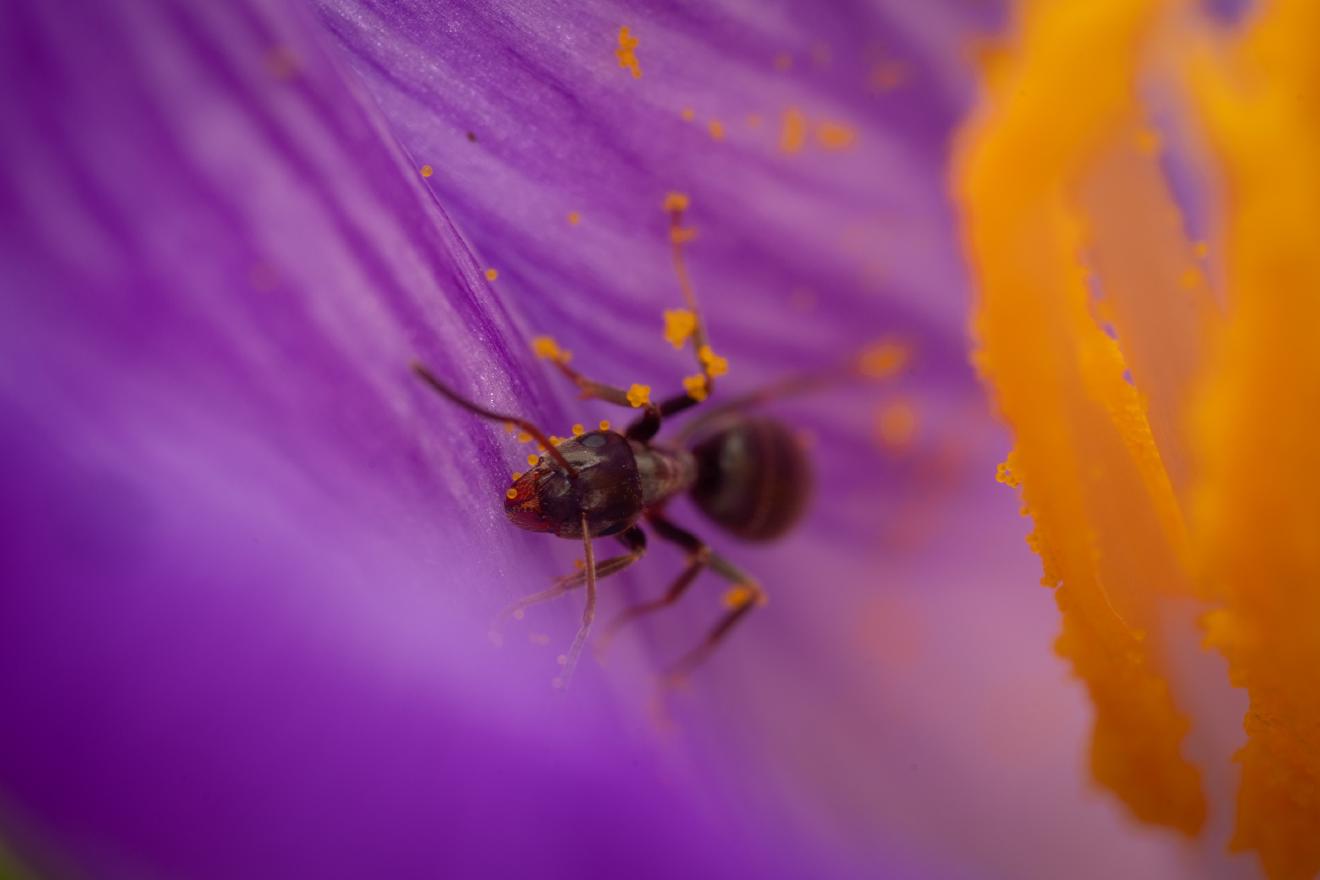

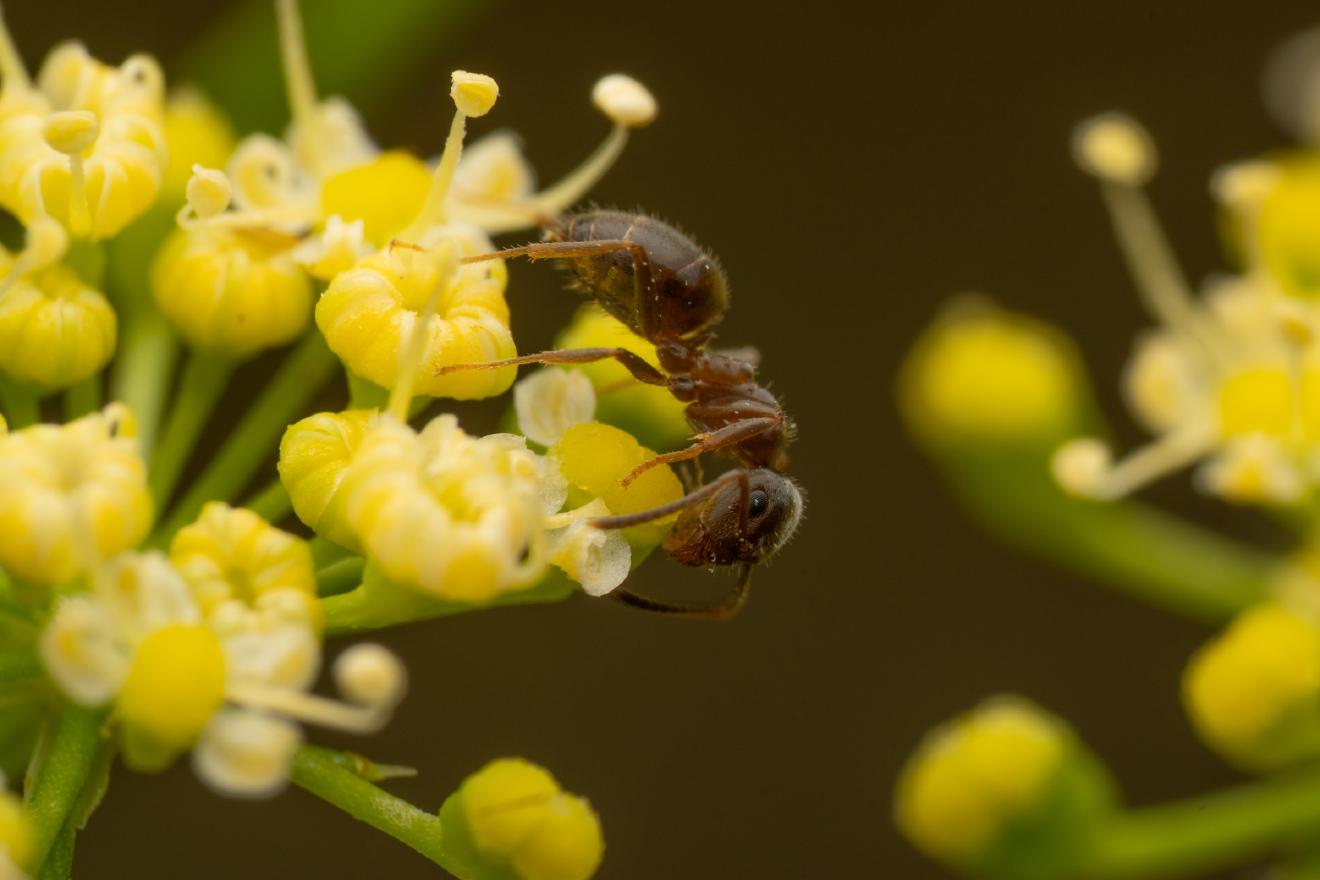

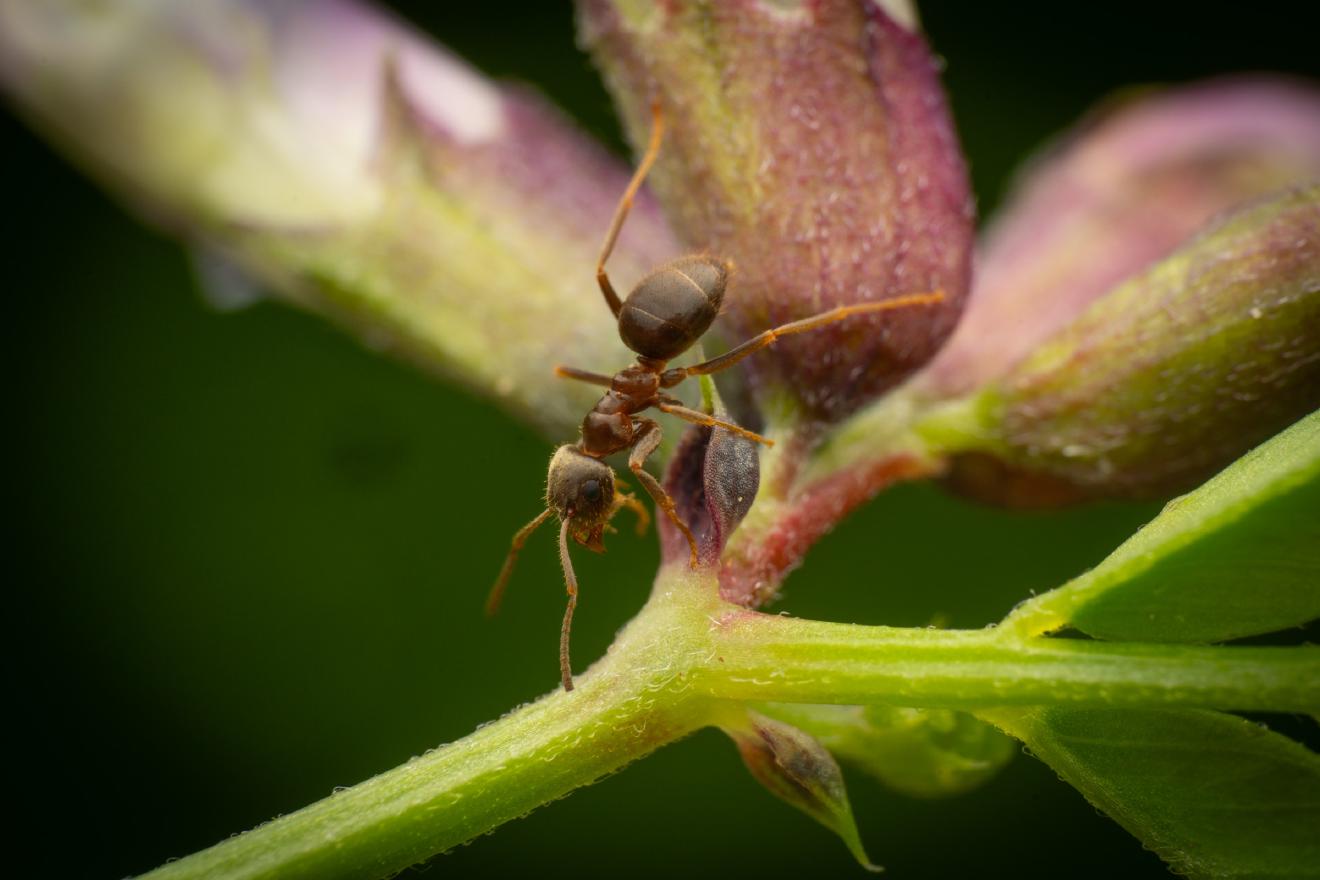
Ancestry Graph
Further Information
Copyright

This article uses material from the Wikipedia article Lasius niger the free encyclopedia Wikipedia which is released under Creative Commons Attribution-ShareAlike 4.0 International License). On Wikipedia a list of authors is available.
